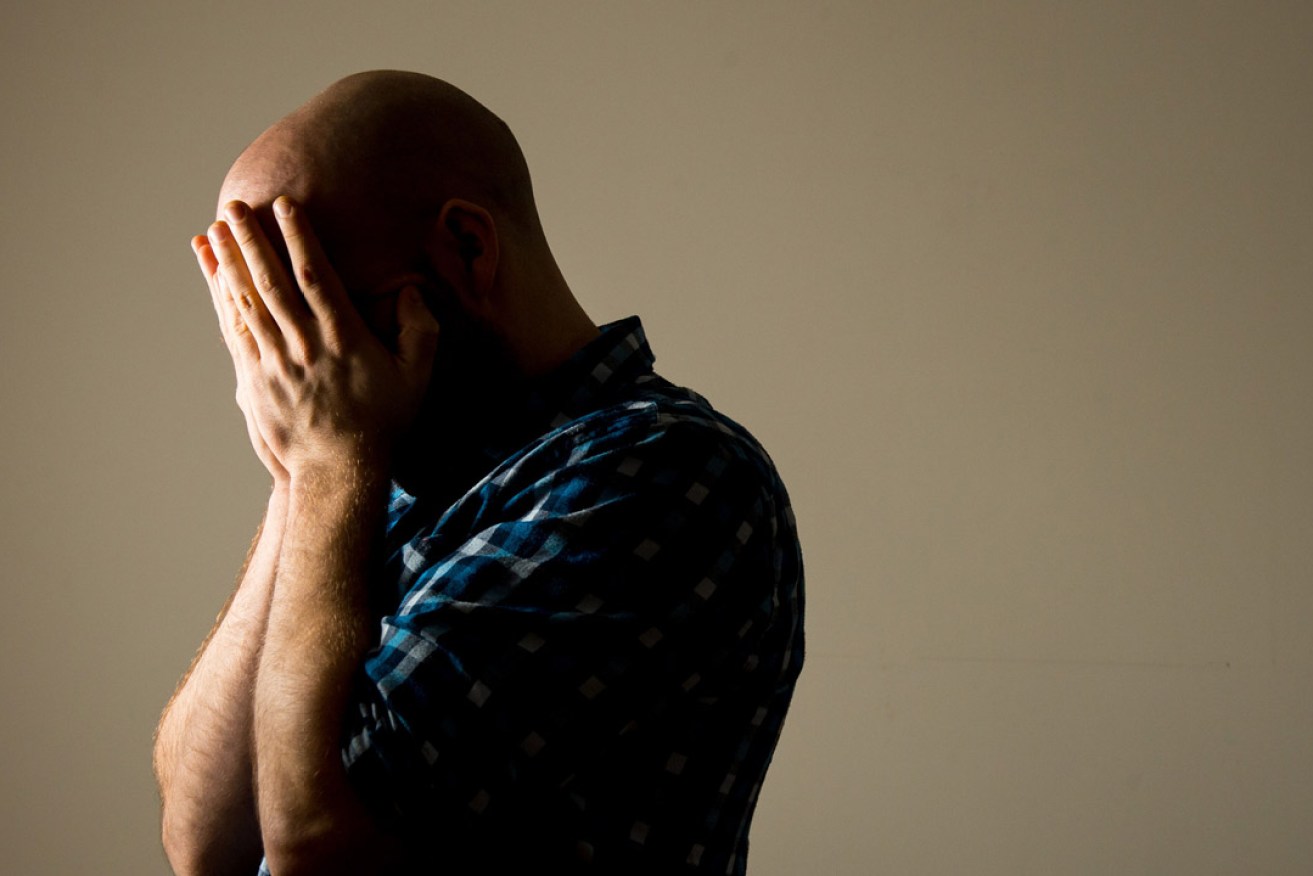Suicide risks too often go unspoken: study
There is a critical need for better communication between Australian families and health professionals to prevent suicide, say psychiatrists.

Emergency Service personnel are twice as likely to develop PTSD than those not in the profession. Photo: AAP
A study of 72 suicide cases in Queensland and NSW shows one in four next-of-kin observe known warning signs but don’t speak up and tell the doctor treating the person who dies.
“Next-of-kin were significantly more likely to be aware of indirect suicide communication such as people changing their will; disposing of possessions; stock-piling pills and expressing feelings of hopelessness,” said Professor Brian Draper from the School of Psychiatry at the University of New South Wales.
Even when there had been a previous suicide attempt, there was no communication between health professionals and next-of-kin in 62 per cent of cases in those crucial last weeks and days, according to the research to be presented at the Royal Australian and New Zealand College of Psychiatrists Annual Congress in Adelaide yesterday.
Being supportive is the first step in helping someone at possible risk of suicide but the second and often most difficult step is helping a person to get help and that involves telling the right people, Draper said.
“It’s critically important that proper professional help is obtained,” he implored.
More than 3000 people die by suicide in Australia and New Zealand every year.
“For a long time many of them have indicated to family or professionals signs of their intent,” says President of RANZCP, Professor Malcolm Hopwood.
Hopwood says this new research confirms how vital it is to facilitate communication between professionals, patients and family members.
As part of the study, researchers carried out detailed interviews or ‘psychological autopsies’ with relatives and health care professionals about their last contact with the 72 who died by suicide, including any communication of their plans and suicide history.
“Essentially we talked to as many people who knew the person as possible to try to work out what happened,” said Draper.
Most of the suicides involved men – 62 per cent – with an average age of 54 years.
All had been in contact with health professionals and next-of-kin in the month before their death
A third did not have a diagnosed mental illness, highlighting a need for better education of the suicide warning signs and what to do in an emergency situation.
“People often have no idea what to do next,” Draper said.
“Health professionals also need to communicate specifically about suicide risk with the family and friends of their patients – with their agreement as far as possible – to enable more accurate assessments and more inclusive treatment plans,” he added.
Readers seeking support and information about suicide prevention can contact the following services:
Lifeline on 13 11 14.
Suicide Call Back Service 1300 659 467.
MensLine Australia 1300 78 99 78.
Multicultural Mental Health Australia www.mmha.org.au.
Local Aboriginal Medical Service available from www.vibe.com.au.
– AAP




